
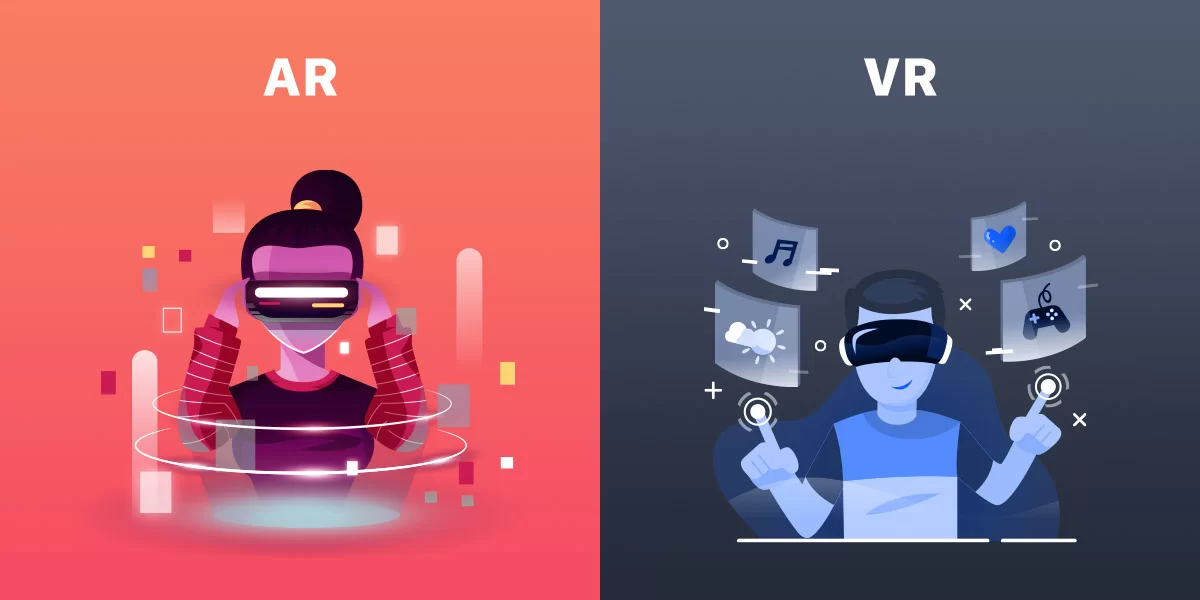
In recent years, rapid technological advancements have made virtual reality more accessible in everyday life. Terms like Virtual Reality (VR), Augmented Reality (AR), Mixed Reality (MR), and Extended Reality (XR) have become increasingly popular, but not everyone understands their distinctions. Let’s dive into the concepts and applications of each technology.
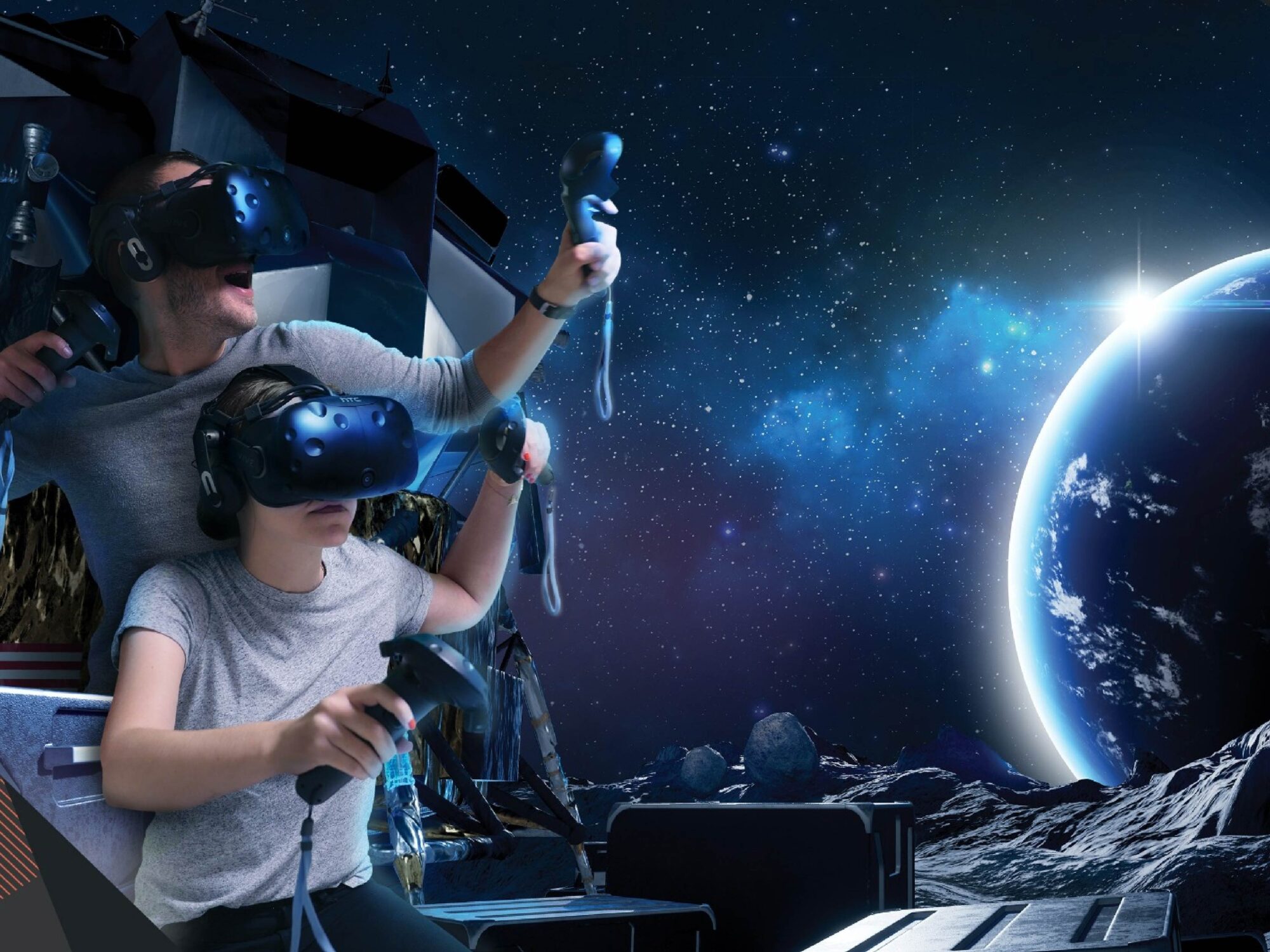
Definition:
VR is a simulated experience that can either mimic real life or present an entirely different environment, created using specialized software.
Applications:
VR is widely used in various fields:
Technology:
VR environments are accessed through computer screens or VR headsets like Oculus Rift or HTC Vive, delivering realistic sensations through sound and physical interactions.
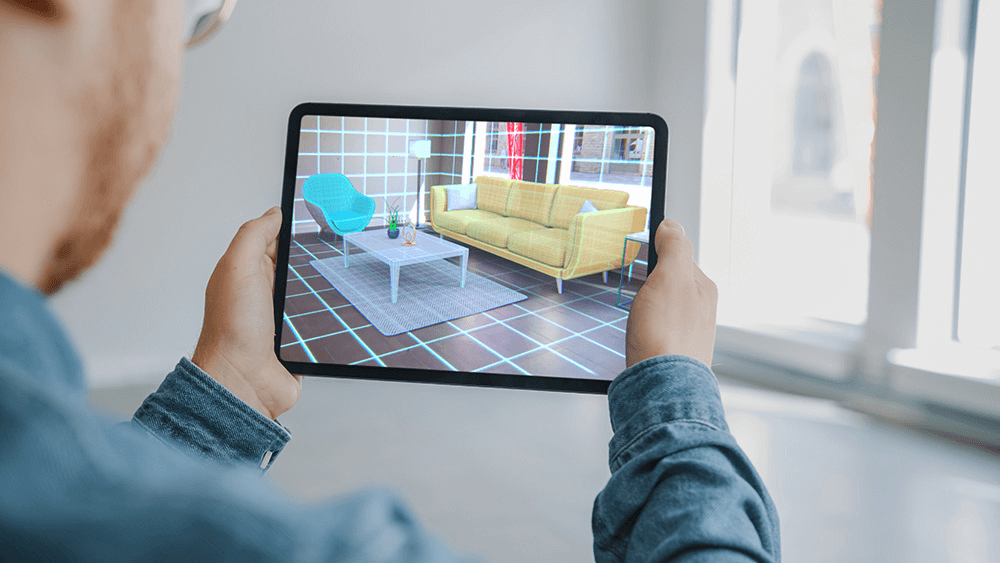
Definition:
Unlike VR, AR overlays virtual elements onto the real world, allowing users to see digital graphics integrated into their physical surroundings.
Applications:
AR enhances real-world experiences across many industries:
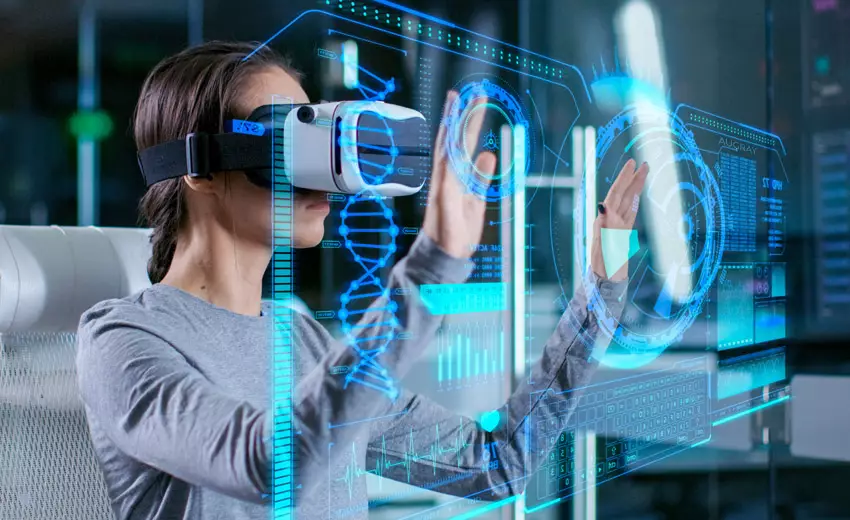
Definition:
MR combines real and virtual worlds, enabling elements from both to interact in real time. It merges VR and AR technologies to create enriched interactive experiences.
Applications:
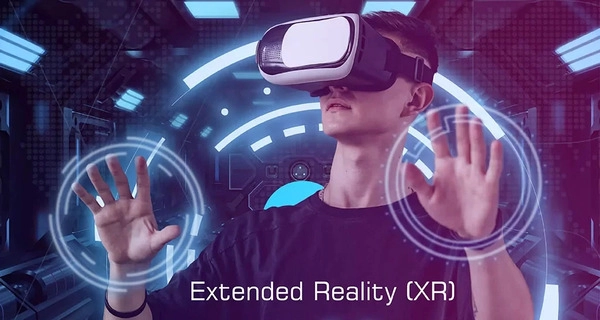
Definition:
XR is an umbrella term encompassing VR, AR, and MR, referring to all technologies blending real and virtual environments.
Future Potential:
With advancements in Artificial Intelligence (AI), XR blurs the boundaries between these technologies, enabling more complex and flexible human-computer interactions.
These immersive technologies offer unique experiences and help reduce costs while improving efficiency in various industries. Among them, VR stands out due to its widespread applications across entertainment, education, and tourism. Virtual tours, for example, are highly valued for their ability to provide immersive spatial experiences at a fraction of the cost.
As technology continues to evolve, the concepts of VR, AR, MR, and XR will further develop, unlocking unprecedented possibilities for both consumers and businesses. These advancements pave the way for innovative applications that enhance experiences and create competitive advantages.
At SAVA META, we offer a creative workspace and a team of top-tier experts, providing opportunities for aspiring developers to bring their game ideas to life across VR, AR, MR, and XR domains.
SAVA META is solidifying its position as a leading developer of Metaverse platform solutions, leveraging advanced virtual reality technologies and specializing in mobile casual game development. Our mission is to deliver unparalleled entertainment experiences to the gaming community through innovative projects, enhancing the value of entertainment and fostering new connections in the virtual space.
Join us on this promising journey with SAVA META, where you can contribute to both personal growth and the collective advancement of the company and the global gaming community.
Explore open positions at: https://savameta.com/c-careers